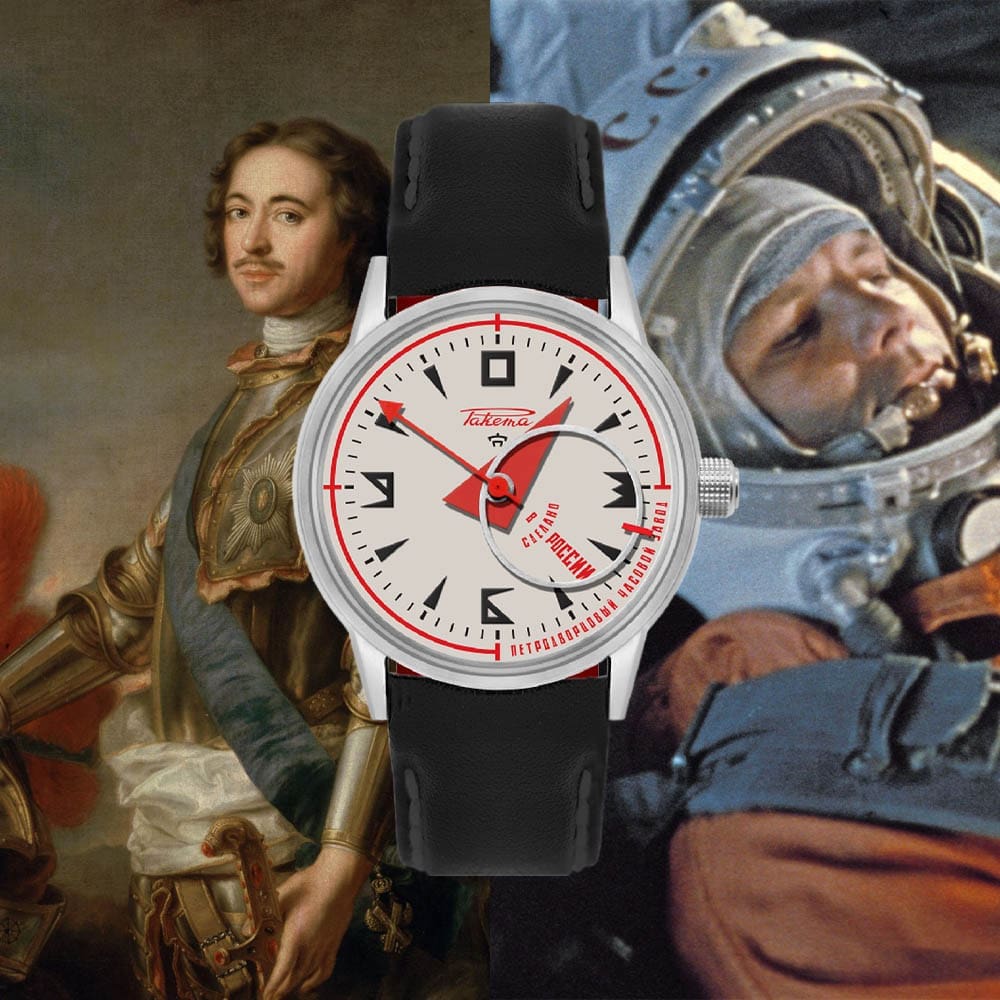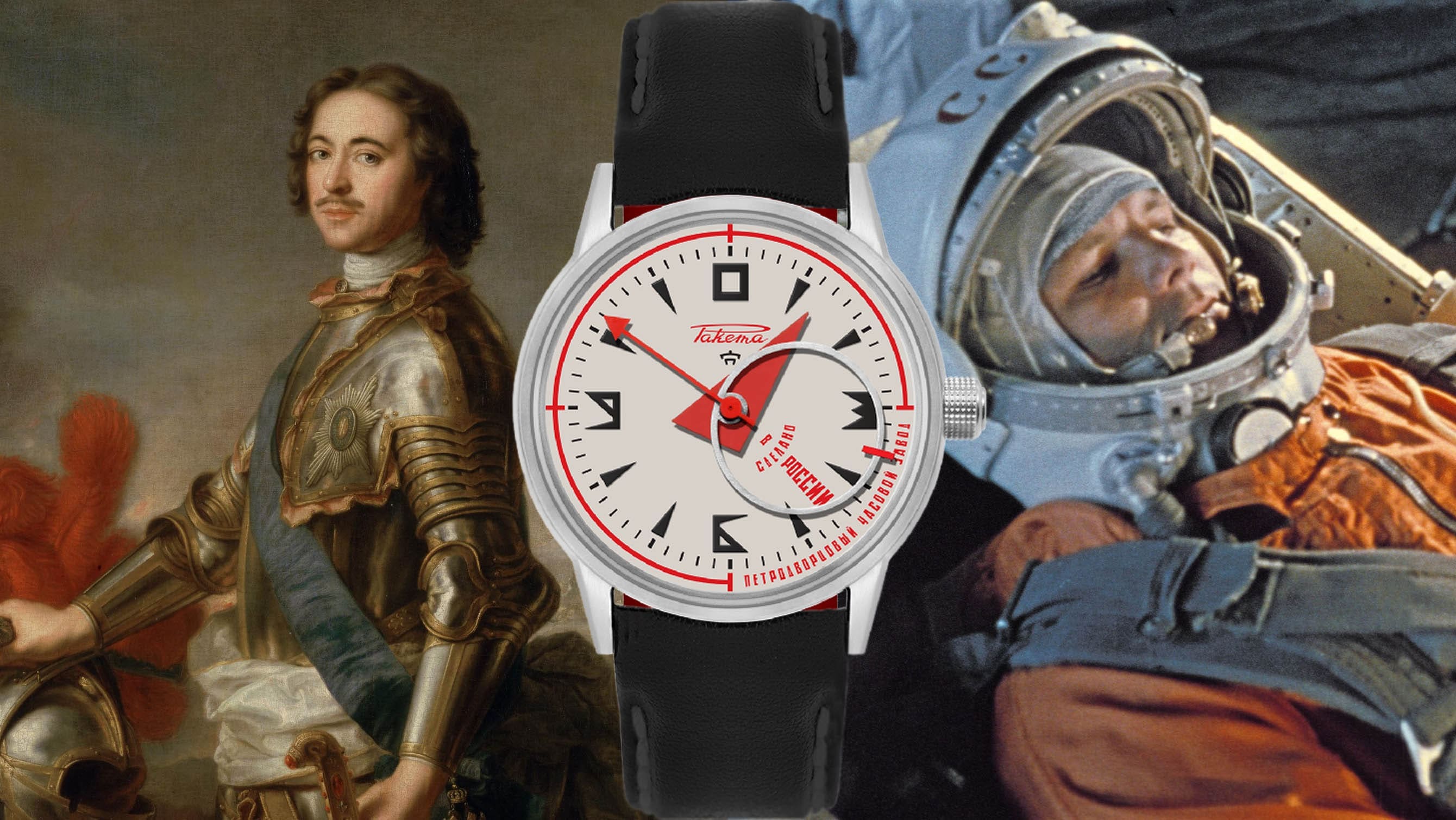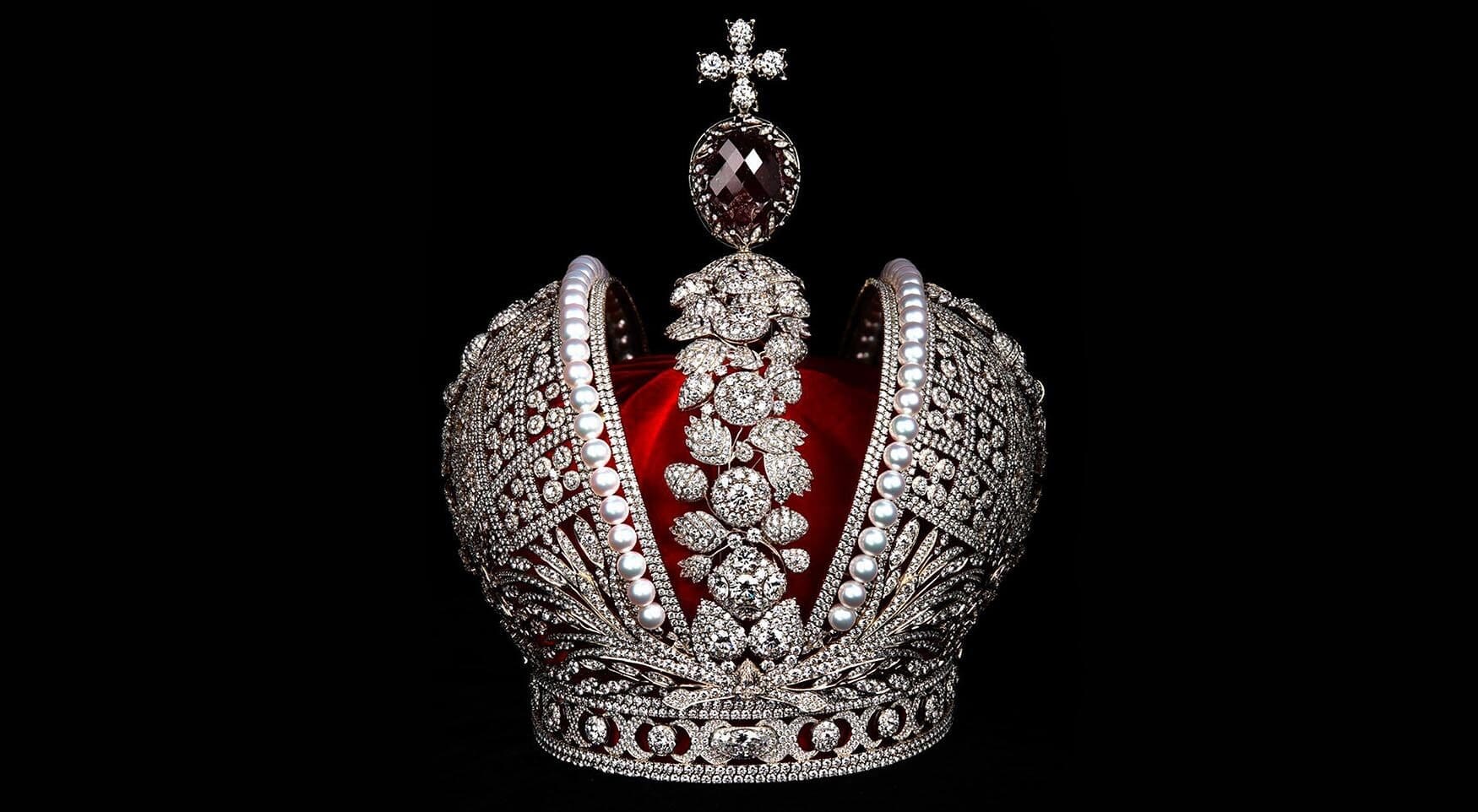From emperors to astronauts — the colourful history of Raketa
Fergus NashDespite what some marketing departments would have you think, there’s almost never such a thing as a centuries-old watch brand with an unbroken history. Whether it’s a change of ownership, bankruptcy during the Quartz Crisis, or a pivot to an entirely different technology, consistent survival as a watch brand requires adaptation. Raketa don’t come up often in the conversation surrounding the world’s oldest watch brands, and that’s because they were only founded in 1961. But the story which leads up to that foundation is a fascinating one that spans centuries.
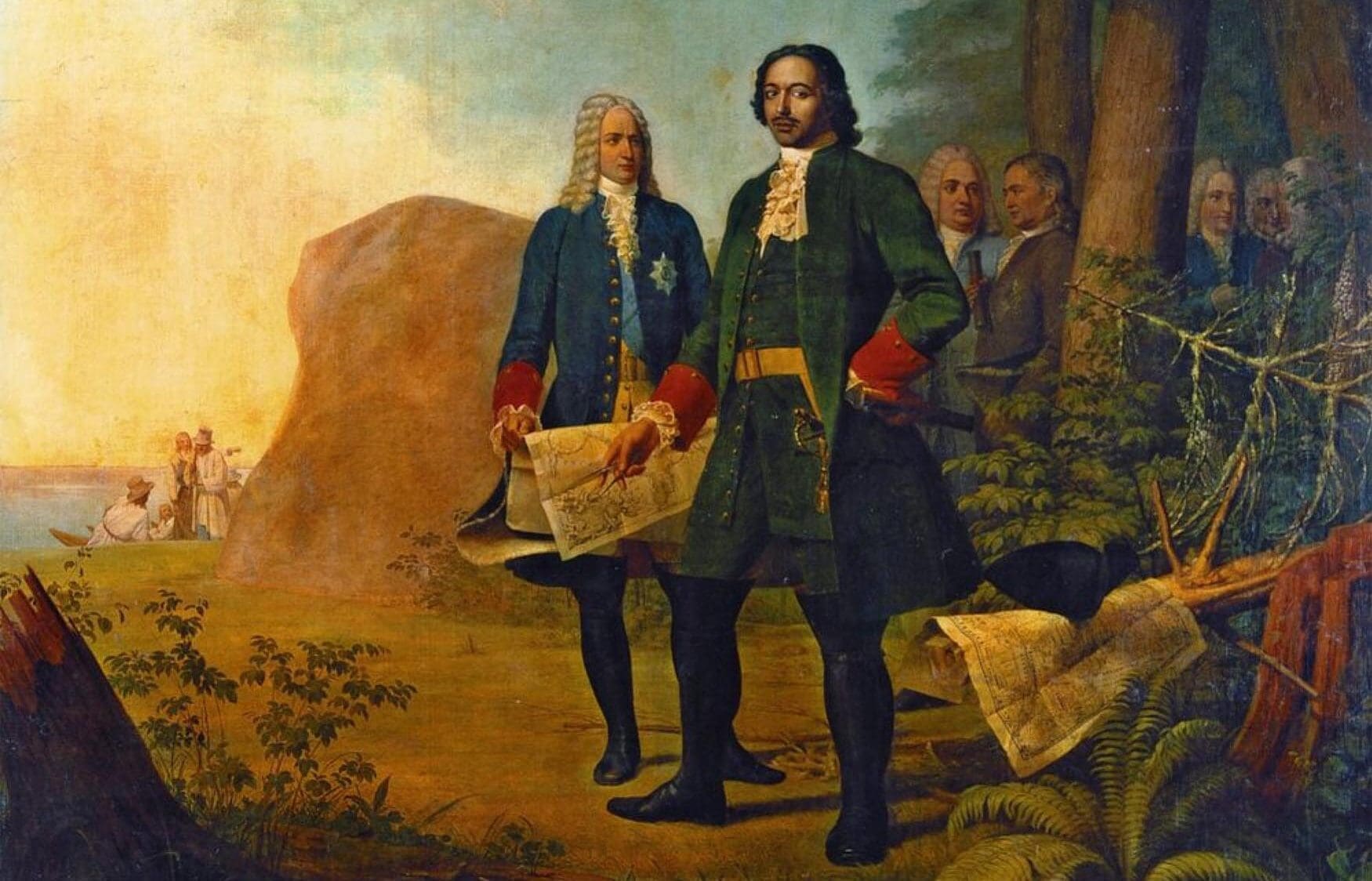
Fresh from victory against Carolus Rex (Charles XII) of Sweden in the Great Northern War, Tsar Peter I adopted the title of Emperor of All Russia from 1721. Peter the Great was a force for industrialisation, and although there are many schools of thought as to the benefits or detriments of his reign, it was a pivotal time for Russia’s history and legacy. The same year that Peter I took his new title, he also founded the Peterhof Lapidary Works as the pinnacle of the empire’s hard stone carving. Over the next decades and centuries that factory would work across vast areas of industry, creating luxurious objects for both royalty and aristocracy. They even cut the diamonds for the Great Imperial Crown of 1762, cornering all of the Russian monarchy from Catherine the Great to Tsar Nicholas II.
By the mid 1800s, the Peterhof Lapidary Works factory was established throughout Europe as a renowned manufacturer of luxury goods. Their work had expanded into marble architecture, creating pieces for St. Isaac’s Cathedral and multiple fountains throughout Peterhof. Their skill with gem cutting also made them the perfect place to manufacture precision-cut rubies for the emerging popularity of pocket watch movements, needing the precious stones as bearings. It was here in the 1890s that collaboration with watchmaking began, helping to produce watches with the Talberg company.
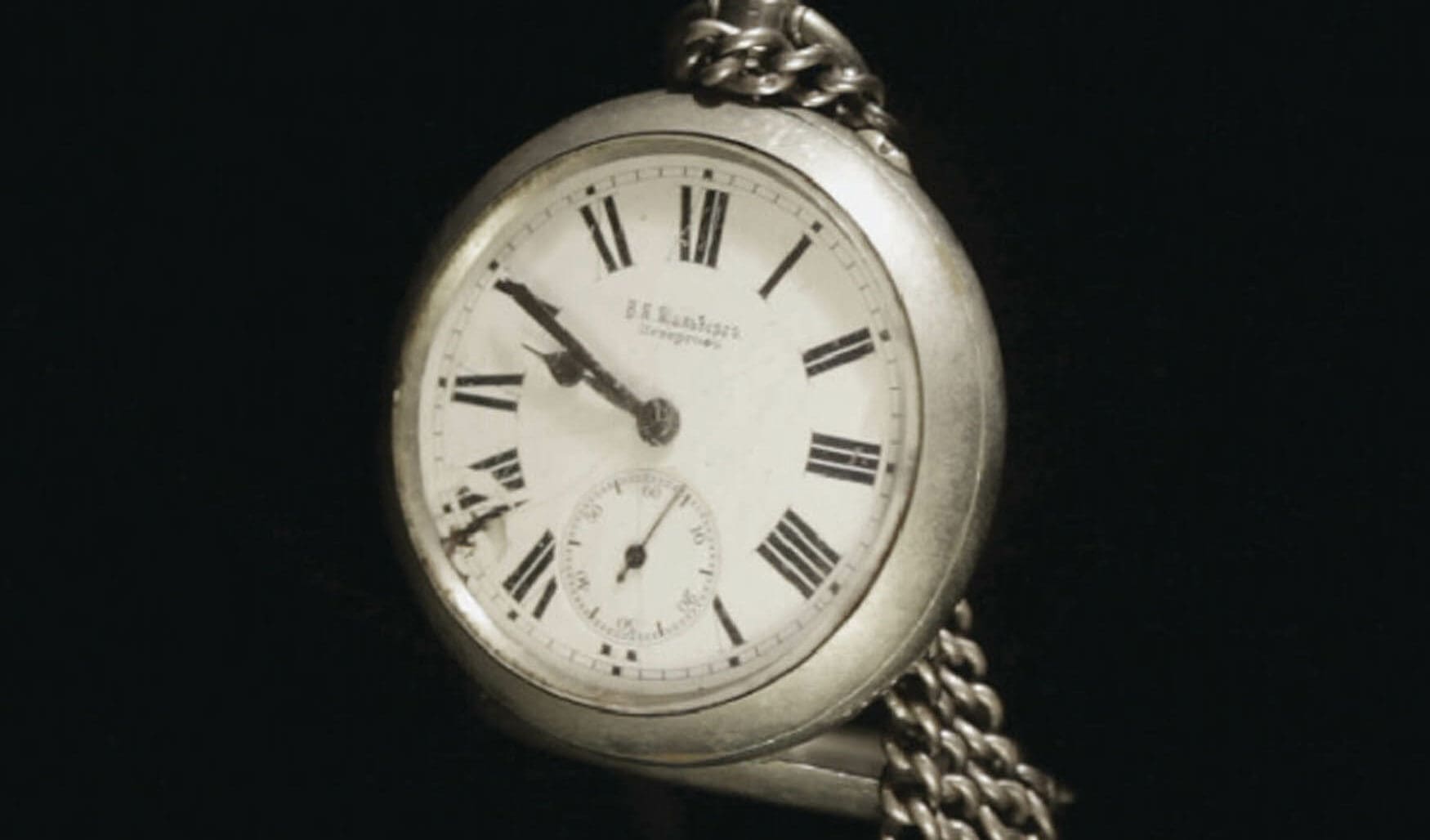
The turn of the 20th century was a time of unrest to say the least, and the years spanning the Russian Revolution didn’t bode well for makers of luxury goods. The factory’s next big project wasn’t until 1935, when the Moscow Kremlin had its double-headed Imperial Eagles replaced with huge ruby stars to celebrate the 20th anniversary of the October Revolution and the Storming of the Winter Palace. World War Two reached the city then-known as Leningrad in the 1940s, and the Peterhof Lapidary Works factory was destroyed by Nazi troops. Once liberated however, the factory was rebuilt in 1945 specifically for the manufacture of watches, lowering Russia’s reliance on Western imports.
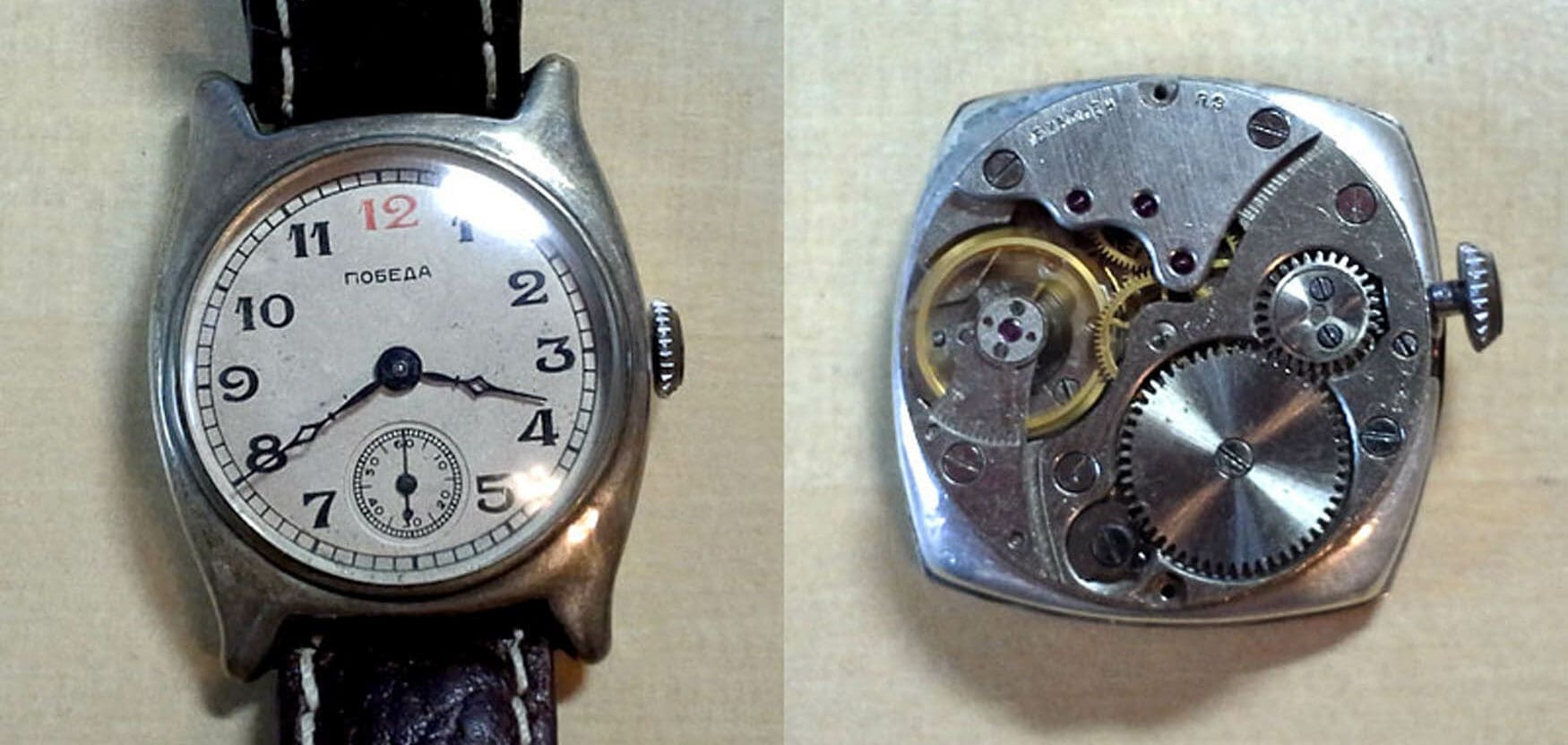
Pobeda, the Russian word for Victory, was the brand name chosen specifically by Joseph Stalin to be ready for the nation’s first anniversary of the Allied victory against Germany. Three factories were utilised for their manufacture in 1946, and among them was the newly-named Petrodvorets Watch Factory on the site of the old Peterhof Lapidary Works. The watches were affordable to manufacture and purchase, with a design licensed by the French brand LIP becoming the Pobeda K-26 movement. Their popularity soared, and the variations grew. More factories opened in the 1950s to support demand, but a new kind of endorsement was about to revolutionise wristwatch brand power.
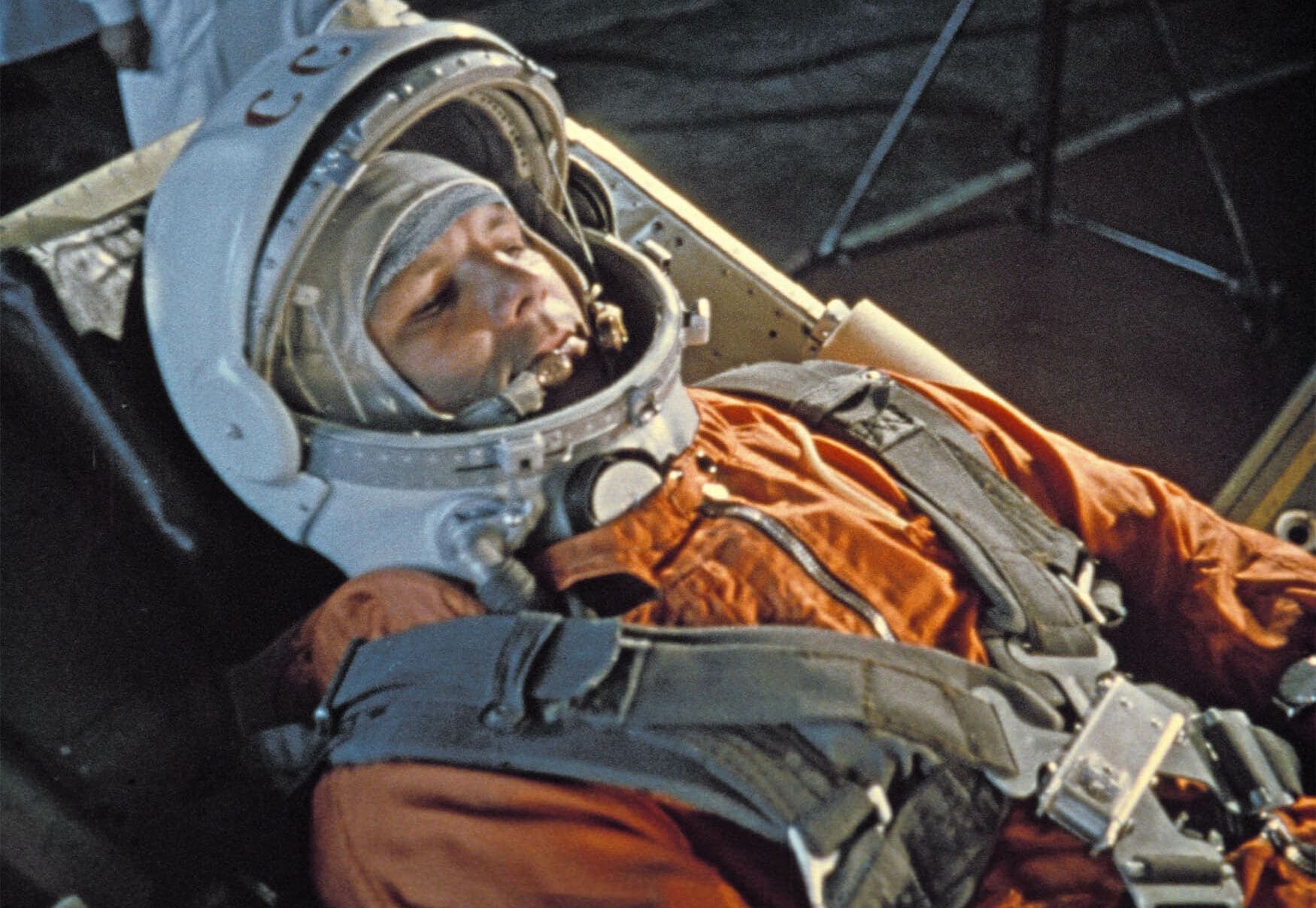
At the height of the space race between Russia and the United States, the reputations of the nations weren’t the only things at stake. Swiss watch companies were vying to become the first watches worn in space by American astronauts, but the Russian monopoly of Pobeda guaranteed them success as long as the Russian’s space program was fast. Sure enough, Yuri Gagarin became the first cosmonaut in a manned space flight, orbiting the Earth with a Pobeda on his wrist in 1961. Celebrating his success, the brand Raketa (Russian for Rocket) was launched from the Petrodvorets Watch Factory that same year.
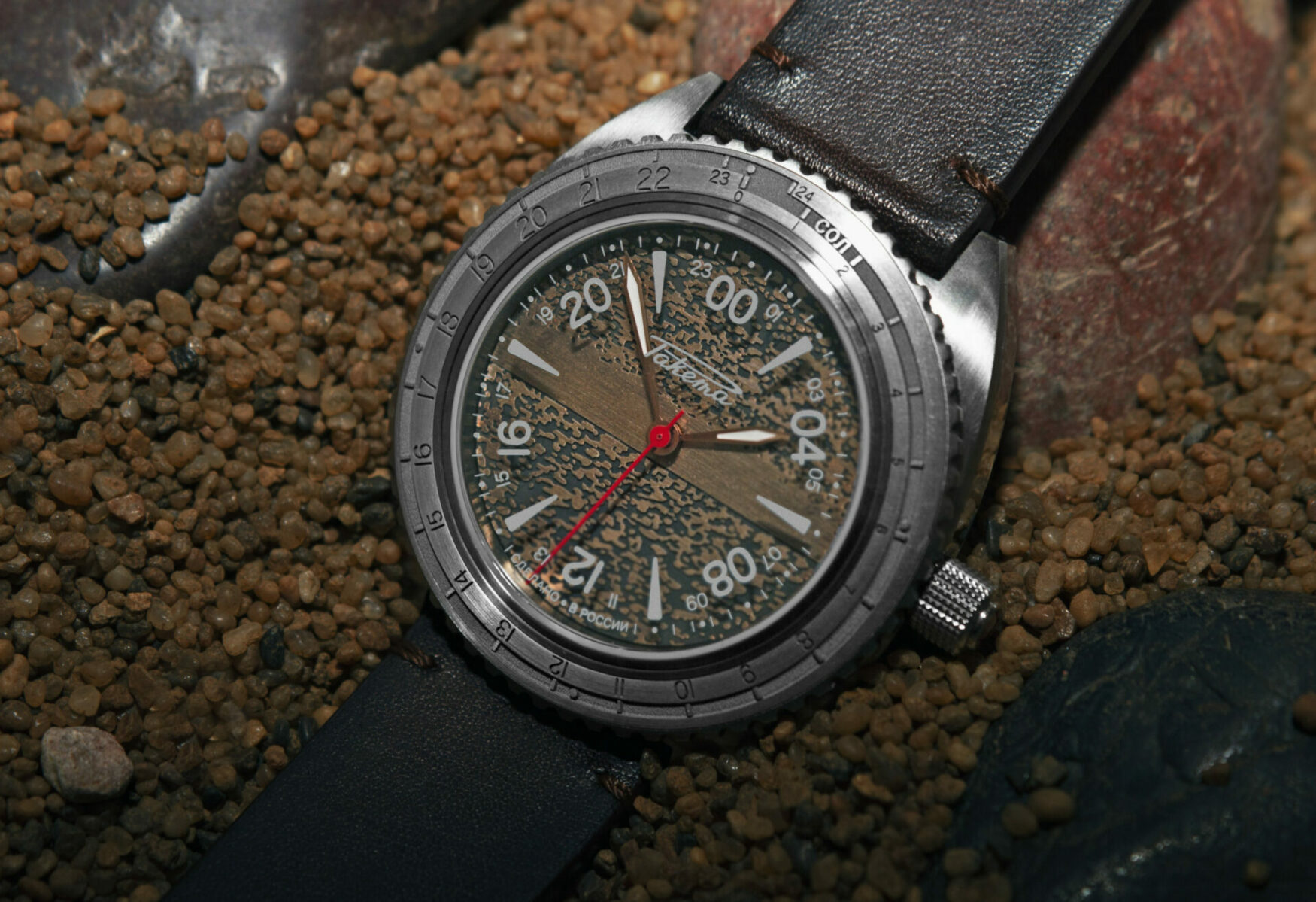
In the following years, Raketa enjoyed a similar success as Pobeda had, and also featured on the wrists of Russian polar explorers in 1969. They produced the official watches of the Soviet Olympic Games in 1980, and though the collapse of the Soviet Union and tough years of privatisation followed, Raketa was reorganised as a contemporary company in 2011. They have always been champions of in-house production, including Russia’s first automatic movement to be produced in the 21st century. They also manufactured the largest mechanical movement in the world in a children’s store, with a span of 7 metres and weighing 4.5 tons. When the factory celebrated its 300th anniversary in 2021, and Raketa relaunched the Imperial Peterhof Factory brand with watches displaying precious stones to honour its history.




